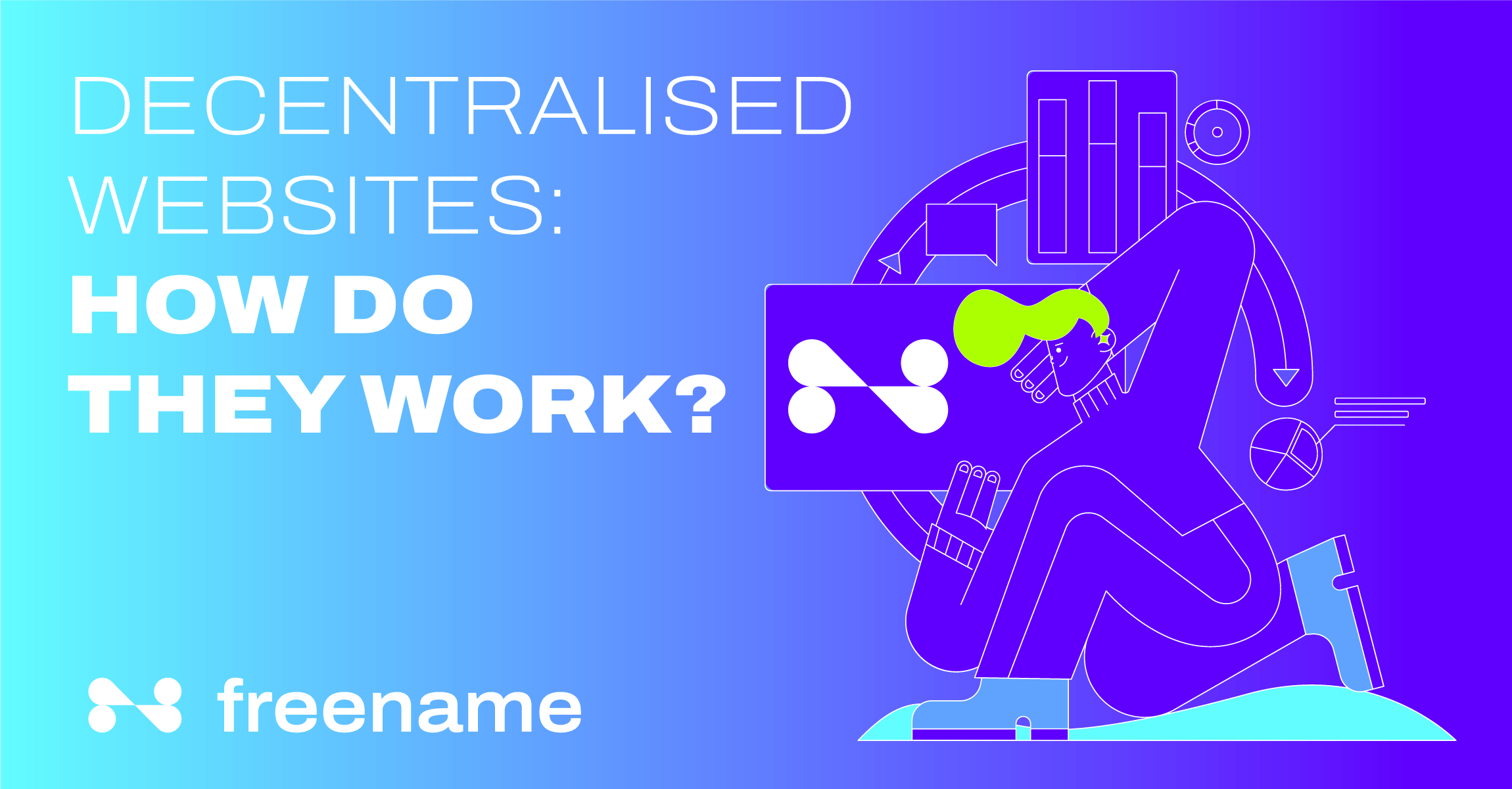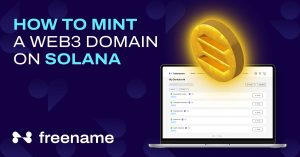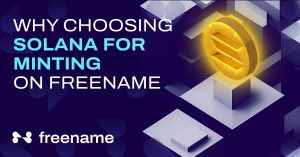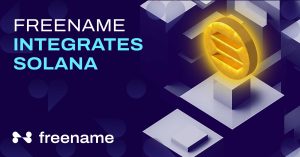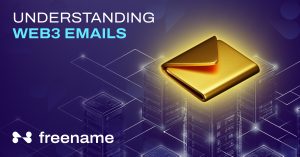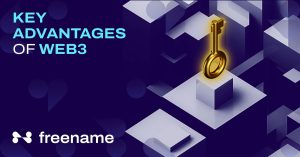Decentralized Websites: How Do They Work

The features of Web3 are unavailable on Web1 and Web2. You can say that they are the frontrunners of the decentralized Internet. Important new features, such as decentralization, Web3 meetings, owning Web3 TLD, anonymity, and security, are made possible by Web3. Web3 is the future, and it is high time you embrace and explore what it holds.
Let’s discuss decentralized websites, how they work, and some other essential knowledge you should have.
How Do They Work?
It goes without saying that doing away with middlemen like this gives more control to the people: the users and the programmers. It helps avoid banks, which can be slow, expensive, and difficult for the average person.
Also, having an anonymous identity throughout the entire internet is one of the many benefits of Web3. It also includes protections for intellectual property rights and the elimination of censorship.
Most importantly, NFTs gave rise to the concept of property rights. For example, let’s say that a user buys a virtual item on a social or gaming platform. Then deleting his account, the item will be nullified. This will not be the case with NFTs, as the item will remain registered on the blockchain. It can be sold or traded indefinitely.
When it comes to censorship, a platform’s administrators can alter the terms of service to restrict a user’s actions. Web3 allows users to have a unified identity across all of their preferred platforms. Hence, making it impossible to restrict or control their online behavior.
The same holds true for the idea of identification. Instead of signing up for several services, a user will simply need to remember one universal address. For instance, the Ethereum address linked to your ENS profile is untraceable and impervious to censorship.
Those who want to build their own decentralized website, watch this tutorial!
Benefits of Decentralized Websites
Peer-to-peer networking, distributed file systems, and encryption are all part of Web3, the next generation of the World Wide Web.
They refer to the growing body of open protocols and standards. They are created to enhance the safety, dependability, decentralization, scalability, accessibility, and interoperability of the web.

Cyberattacks and restrictions from a central authority would be less effective against a decentralized one. Users can manage their data and decide who can access it.
The proliferation of Bitcoin and other blockchain-based cryptocurrencies has greatly influenced the rise of the Web3 movement. The goal is to make the web more decentralized so that it may be used for anything, including online material distribution.
Ethereum’s creator, Vitalik Buterin, first used the word in 2014. The goal of Web3 is to build a new, improved version of the Internet that is more private and decentralized than its predecessors.
A small number of corporations dominate the traditional web. On the other hand, the decentralized web is more democratic and diffused.
We all know that a handful of megacorporations monopolize the traditional web. This implies that these businesses have complete control over the content that appears on your computer screen when you go online. In contrast, with a decentralized web, users own their data and can do anything they like with it. It’s also important to note that no middlemen are involved in this system. So no one can sell or otherwise distort your data without your explicit permission.
A single entity manages the conventional web; all content is stored on a central server. Without a central server, the decentralized web will be more resilient. In the event of the failure of a single node, data can still be accessed through the remaining nodes.
Increased privacy and security, unrestricted access to information, and widespread content availability are just a few of the numerous advantages of the decentralized web.
Centralized Web Versus Decentralized Web
In looking at the difference between centralization and decentralization, let’s start by looking at each individually. Centralization in Web 2.0 systems refers to concentrating authority, decision-making, control, and computational resources in a single location. It can also be among a small group of individuals. Because of this, issues arise, such as game accessibility and system manipulation.
While a central authority governs Web2, Web3 is based on a decentralized model. The protocol’s administration community is given responsibility for it. Further, the network can keep transaction records since computational power is dispersed among numerous nodes.
Freename Role in Promoting Decentralized Websites
Freename’s provision of a decentralized domain name system (DNS) solution is crucial in bolstering the popularity of distributed web platforms. In contrast, DNS used to be monopolized by a handful of companies. Recent advancements in blockchain technology have made way for decentralized DNS options like Freename.
The domain names registered by users of Freename have been distributed and are accessible from any location thanks to the blockchain. This improves website owners’ security and privacy by eliminating requiring a single entity to oversee the domain name system.
Freename contributes to a more free and democratic internet by fostering decentralized websites with its decentralized DNS solution. There are a number of advantages to using a decentralized website, such as improved anonymity and security, more direct editorial control, and less likelihood of censorship.
Freename is also working hard to make its service more user-friendly and convenient. It has created a user-friendly web interface for registering domain names and is always looking into ways to improve the process.
Conclusion
The idea of a decentralized web responds to the pressing need to restore people’s complete ownership of their personal information and digital persona. It empowers individuals to manage their own identities and data. Blockchain technology has the potential to greatly diminish or even eliminate the need for trusted third parties.
While there is still work to be done before Web3 is fully implemented, it is clear that this new paradigm represents a major and discontinuous evolution of the Web. It will likely have far-reaching consequences for individual Internet users, businesses, and government agencies that rely on the Internet to provide essential services.

